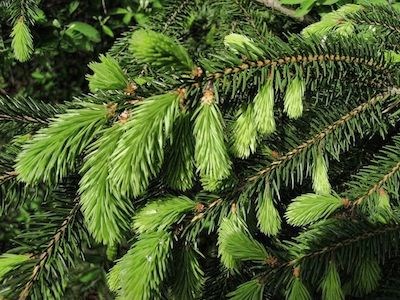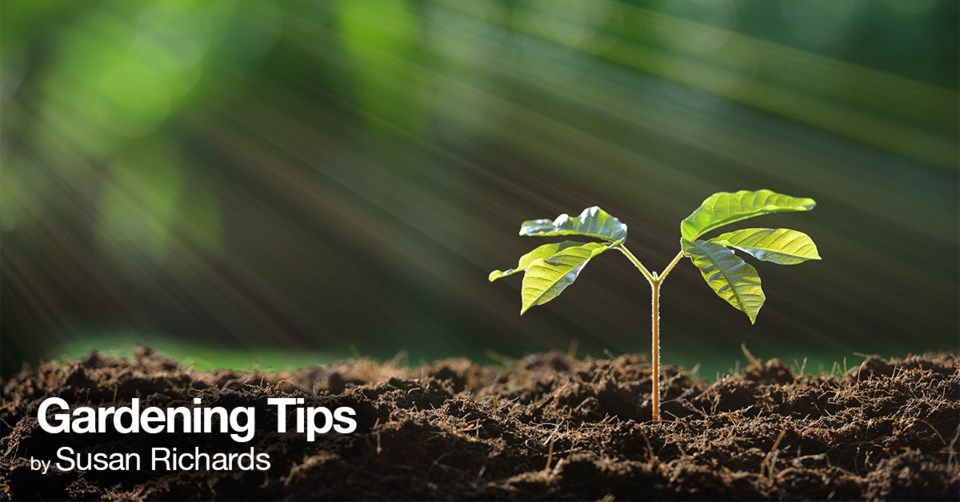Now is a good time to take a notebook out with you and take a tour of your property. You have most likely finished the first to-do list you made in early April, so it is the perfect time to re-assess and jot down some notes what needs to be done next.
The much welcomed rain has resulted in a flurry of growth; both wanted and unwanted! My list includes doing another round of weeding. It is a good time to get this under control. Once the perennials, shrubs and annuals fill out, the weeds will have less space to take hold. From then on, you can easily pull the few weeds that emerge between them.
Remember to get the entire weed, root and all, so they won't grow back. Also make a point of getting weeds out before they go to seed! That will save a lot work later on.
It's time to prune the trees and shrubs that weren't done in early spring before new growth began. Spring flowering shrubs and lilacs should be pruned right after flowering.
Evergreens such as cedar, yew, spruce, hemlock, juniper and balsam are all pruned as soon as the new growth has finished extending out. You can take off one third to one half of this spring's growth to keep plants tidy. New buds for next season will form all along the growth you leave behind.
Hopefully you pruned your Mugho pines when the new growth looked like a candle. If you haven't pruned your pines yet, do it right away! You can take off 1/2 to 2/3 of the candle length to keep shrubs compact.
Pine trees and pine shrubs only form buds for next year's growth on the very tip of the new shoots. If pruned now, there still should be time for them to form new buds.
 New growth Spruce. Photo provided
New growth Spruce. Photo provided Not quite sure how pine and spruce grow differently? Take a close look at their stems. You will see how pine only extend out from tips of branches but spruce branch out all down the stems.
Maples weren't pruned in spring as new wounds bleed too much as sap runs. Now is a good time to do any corrective work required.
Broadleaf evergreens such as boxwood, euonymus, cotoneaster and holly can be pruned now that spring growth has finished. If necessary, they can be done again in late July. Same goes for cedar, yews and other hedges that you are trying to keep shaped well.
It is a bit late to prune summer flowering shrubs such as spirea. You will be delaying their bloom. Clip them after they finish flowering.
Since warm spring temperatures and much needed rain arrived, plants are really flourishing. They will need nutrients to keep them growing well through summer heat. Use a good quality organic fertilizer suited to the plants you grow. Broadcast it throughout the gardens, turn it in to the soil if you are able, and water well.
There are formulas specific to annuals and perennials; trees and shrubs; roses and clematis. If you have a lot of different plants to feed, you can also just choose a good quality all purpose food.
If you prefer to use water soluble fertilizer, be sure to choose the right type for your plants and follow directions carefully. Mixing it too strong can burn leaf and root tissue. It is better to mix fertilizer one half strength and apply it every two weeks. That way, plants get a regular even feeding with a mild solution.
This fertilization method is particular helpful for annuals in gardens, baskets and containers. We demand a lot from our flowers! Frequent feedings with this weaker solution helps plants flourish. I use a formulation for flowering plants (20-8-20) mixed 1/4 strength and apply it every week. My flowers stay healthy right through to the fall.
